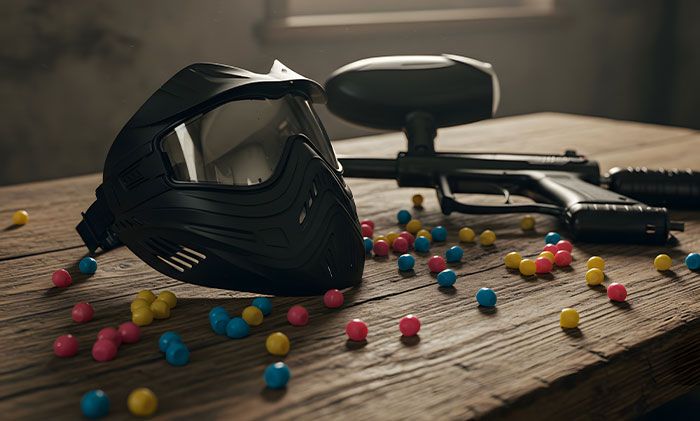- Survivor Outreach Services (SOS) Support
-
Our Fallen Warriors have paid the ultimate sacrifice. The Army has a commitment to their Families. Families deserve our respect, gratitude and the very best we can provide.
Survivor Outreach Services is a “one” Army program. Regardless of your loved one’s Army component, duty status, location, or manner of death, Survivor Outreach Services Support Coordinators and Financial Counselors are here to provide dedicated outreach and support when, and for as long as you desire.
SOS offers support through:
Benefits Coordinators. No one is ever fully prepared to lose a loved one, which is why we have Benefits Coordinators. Benefit Coordinators are located at the Casualty Assistance Center and are there to assist and guide you as you make the many decisions necessary following the death of a Soldier. Benefits Coordinators help identify your specific benefits and entitlements and ensure you receive what is legally yours. They assist you in completing paperwork and navigating the various agencies Survivors encounter. Benefits Coordinators remain current on changes in the law and have a wealth of information available to support you during this very difficult time.
Financial Counselors. In times of emotional distress, figuring out what to do about finances can create a heavy burden. Survivor Outreach Services Financial Counselors provide professional financial information and services in areas such as investing, estate planning, tax issues and basic budgeting. Our Financial Counselors will be there when you need them, for as long as you need them. They are committed to assisting you in creating your financial security and ensuring you receives the necessary information to make sound financial decisions.
Support Coordinators. The Survivor Outreach Services Support Coordinator provides long term support to you and is your link to the Army Family for as long as your desire. Wondering what direction to go in now? Your local Support Coordinator is happy to sit down with you as you journey through this transition by providing direct services as well as information, referrals and recommendations. They can also connect you with support groups, bereavement and financial counselors, as well as help you request copies of documents obtain answers to questions and direct you to additional Survivor resources.
For more information contact your local SOS Support Liaison!
ABOUT THE GOLD STAR AND NEXT OF KIN LAPEL BUTTONS
In 1947, Congress* approved the use of the Gold Star Lapel Button as a way to recognize the families of service members who lose their lives while engaged in action against an enemy of the United States. In 1977, the Army approved issue of the Lapel Button for the Next of Kin of Deceased Personnel to honor those who lose their lives while serving on active duty or while assigned in a Reserve or National Guard unit in a drill status. Issue of the button is retroactive to 29 March 1973."
These small lapel buttons, or pins, as they are commonly called, are normally presented to eligible family members prior to the military funeral service. Although they are less than an inch in size, they are packed with great meaning and emotion. They are not awards. They are symbols of honor. Here is how you can tell them apart.
GOLD STAR LAPEL BUTTON
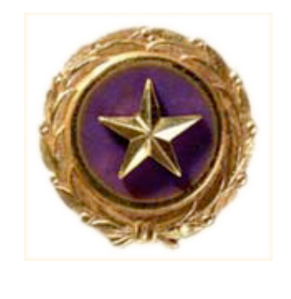
This symbol consists of a gold star on a purple background, bordered in gold and surrounded by gold laurel leaves. It is designated for eligible survivors of service members who lose their lives during any armed hostilities in which the United States is engaged, dating back to World War I. This includes service members who lose their lives while deployed in support of military operations against the enemy or during an international terrorist attack.
NEXT OF KIN OF DECEASED PERSONNEL LAPEL BUTTON
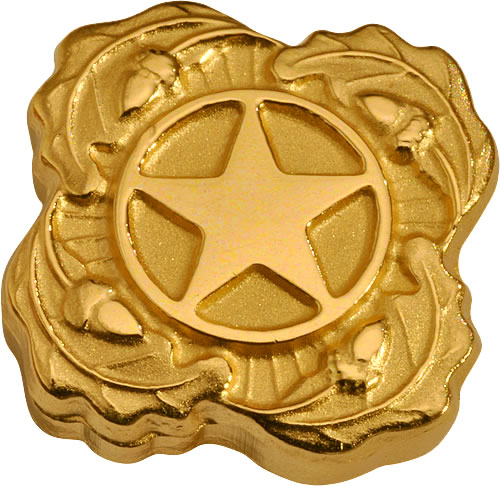
This symbol consists of a gold star within a circle that commemorates his or her honorable service. The gold star is also surrounded by sprigs of oak that represent the branches of the Armed Forces. It is designated for eligible survivors of service members who lose their lives while serving honorably under circumstances not defined above. This includes service members who lose their lives while assigned to a Reserve or National Guard unit in a drill status. It is authorized for issue retroactive to March 29, 1973.
Who can wear the pin?
The family members entitled to receive and wear these symbols are the widow or widower; each child, stepchild, and child through adoption; each brother, half brother, sister, and half sister; and each of the parents (this includes mother, father, stepmother, stepfather, mother through adoption, father through adoption, and foster parents in loco parentis).
I did not receive a pin, where do I get one?
If you are an eligible family member, but did not receive the lapel button to which you are entitled, you can request one through the National Archives. You can also apply for a replacement should yours ever be lost or damaged. If you would like help applying for a new or replacement Lapel Button, contact Army Survivor Outreach Services.
*The descriptions on this page are intended to provide an overview of the public law governing the distribution of Gold Star lapel buttons. To view the law in its entirety, click here.
For more information on the Gold Star and Next of Kin Lapel Buttons please visit Gold Star and Next of Kin Lapel Buttons information
Symbols of Honor: Blue Star and Gold Star Service Flags
The Blue Star Service Flag
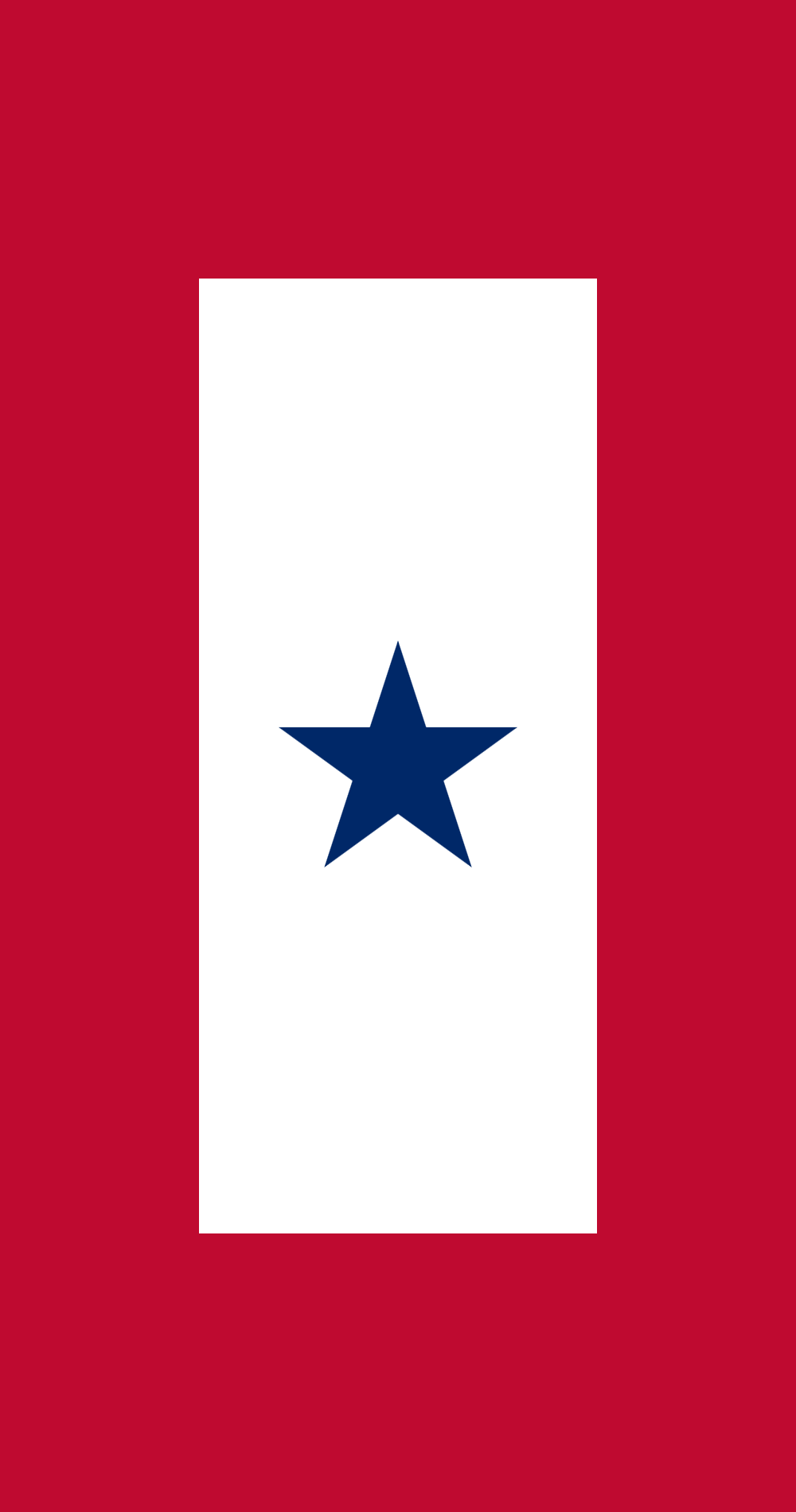
Blue Star Service Flag: Patented by retired Army CPT Robert Queissner in 1917, the Service Flag, also known as a Blue Star Flag or Service Banner, represents a family member serving in the Armed Forces during a time of conflict.
The Gold Star Service Flag
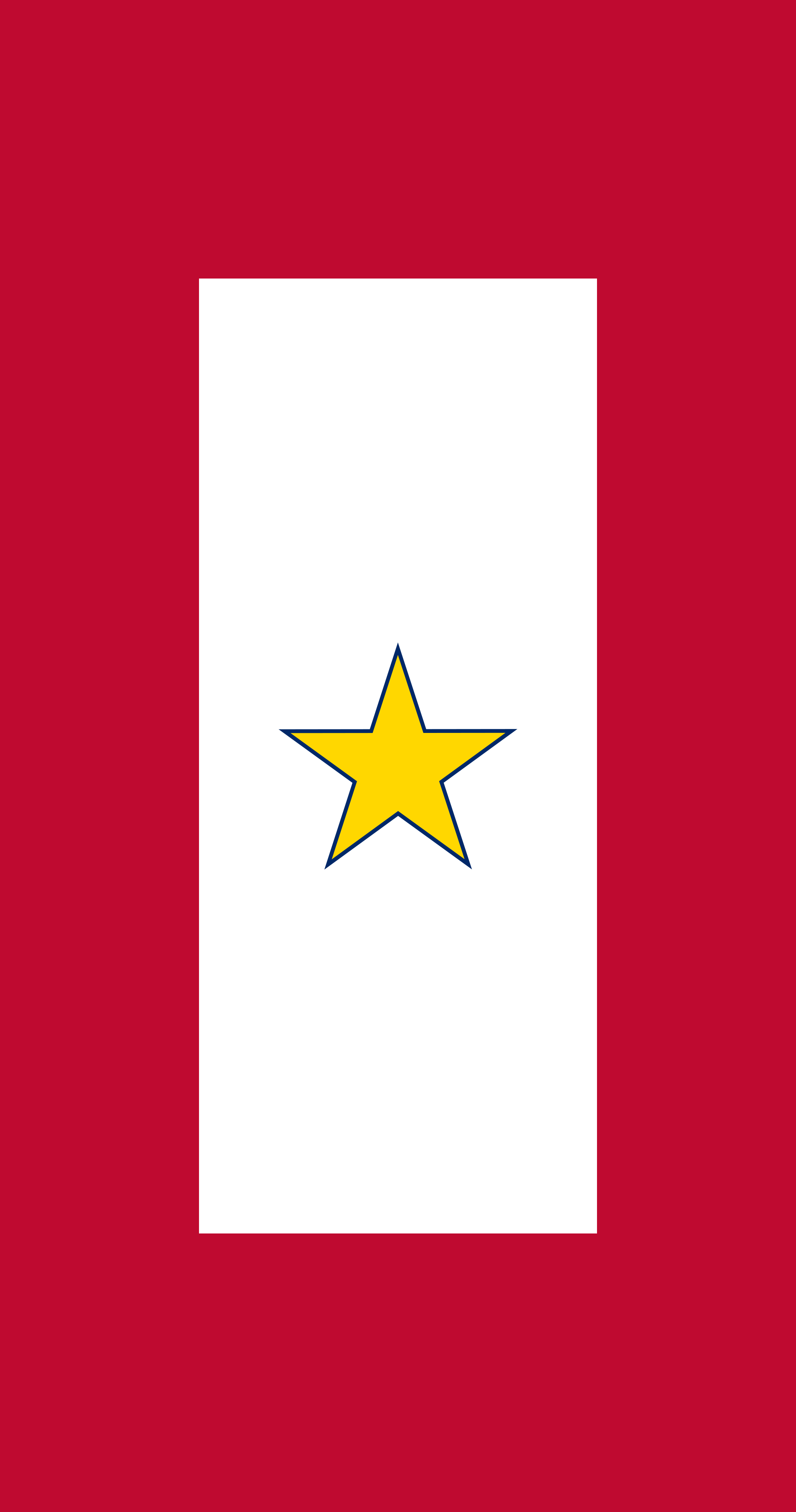
The Gold Star Service Flag: Created in 1918 after President Woodrow Wilson approved a suggestion allowing mothers who lost a child serving in the war to wear a gold gilt star on the traditional black mourning arm band.
Service Flags were officially authorized by Congressional Act 36 U.S.C. 179-182 (1967), the Service Banners are usually displayed in a window of a home where an immediate Family member of a service member resides. Service flags may be displayed for the duration of the conflict.
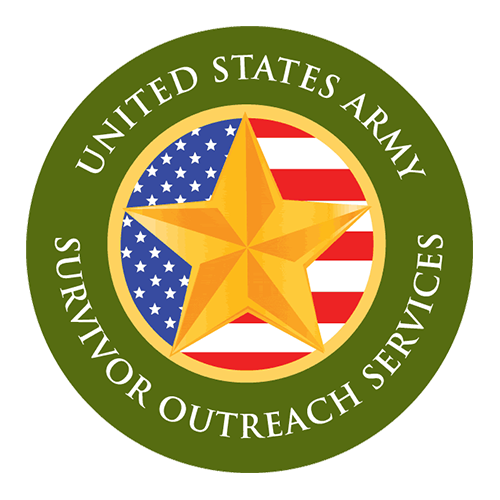 Survivor Outreach Services (SOS) provides long-term support to surviving Families of fallen Soldiers. Our goal is to reassure survivors that they remain valued members of the Army Family.
Survivor Outreach Services (SOS) provides long-term support to surviving Families of fallen Soldiers. Our goal is to reassure survivors that they remain valued members of the Army Family.
The SOS program connects you with people who can help. Our services include grief counseling, financial counseling, benefits coordination, support groups, and garrison and surrounding area events.
After a loved one is lost, unresolved issues or questions may surface months or years afterward. The Army is dedicated to fulfilling its promise by providing support to surviving Families. Our financial counselors aid surviving Families through investment and estate planning education, and our support coordinators provide long-term support. SOS can help you navigate the details.
SOS delivers services at garrisons and communities closest to where Families live. Regardless of your loved one’s component or branch, duty status, location, or manner of death, SOS will provide dedicated outreach and support when and as long as you desire.
SOS also honors survivors with Gold Star and Next of Kin lapel buttons. They are symbols of your sacrifice, widely recognized throughout the country. Find more about Gold Star and Next of Kin lapel buttons here.
The Gold Star and Surviving Family Member (GSSFM) Representative is the Army advocate for surviving Family members – and any survivor can contact an Army GSSFM Representative directly any time for any reason. These representatives are available to provide support and address complaints by spouses and other dependents of deceased service members regarding casualty assistance or receipt of benefits authorized by law. If you have questions or concerns about casualty assistance or receipt of benefits, your GSSFM Representative can help.
You can contact a GSSFM representative at +1(833) 313-1960 or usarmy.jbsa.imcom-hq.mbx.sos-survivor-advocate@army.mil.
Find more resources for survivors here.

